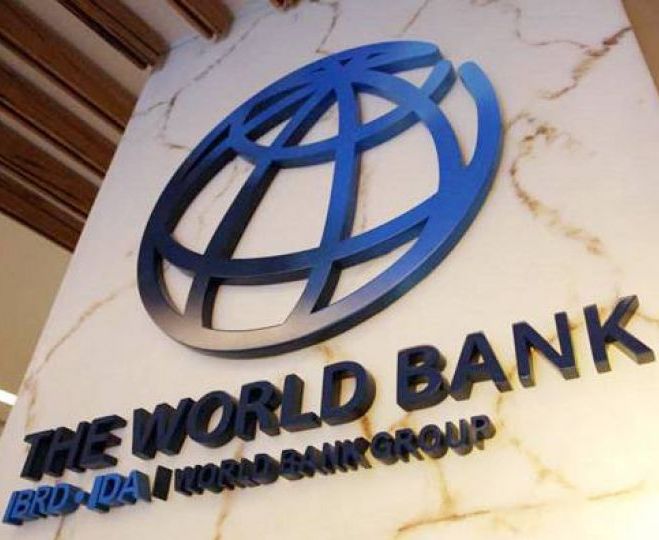International Development Association (IDA) Private Sector Window
- Founded
- IDA Private Sector Window launched in 2017, extra policy focus on Covid-19 added in December 2021.
- Governance
- IDA, as part of the World Bank, is governed by the World Bank Group’s Board of Governors. Decision making regarding its 20th replenishment (IDA20) lies with the IDA20 Deputies (representatives of IDA donor countries).
- Funding
- IDA20 represents a total package of USD 93 billion. The projected size of the Private Sector Window under IDA20 is USD 2.5 billion (same as under IDA19). Part of this money will be used to support private actors in health.
- Description
The World Bank’s International Development Association (IDA) lends money on concessional terms or, under certain conditions, provides grants to lower-income countries. The 20th replenishment of the IDA coffers (IDA20) is advanced by one year to respond to the multiple additional challenges caused by the Covid-19 pandemic. The IDA20 funds will cover the period July 2022-June 2025 (3 years).
IDA resources are mainly disbursed via country envelopes and additionally provided through so-called ‘windows’ – special purpose financing mechanisms. In IDA20, explicit emphasis on Covid-19 response was added to a number of these windows, including the Regional Window and the Private Sector Window. In the case of the Private Sector Window, the IDA resources are not available to governments but to private investors and companies.
Through the Private Sector Window, IDA delegates money to the International Finance Corporation (IFC) and Multilateral Investment Guarantee Agency (MIGA) to support companies in diverse sectors, including health. With regard to the Covid-19 response, the IDA20 Private Sector Window aims to increase local manufacturing capacities for key healthcare products, including vaccines, medicines, active pharmaceutical ingredients, personal protective equipment (PPE) and other medical devices and supplies, and also improve people’s access to these commodities. However, IDA20 does not describe how and under what conditions this should happen.

Strengths
- Aims to improve access to key medical products, for instance through strengthening local vaccine manufacturing.
Weaknesses
- Lacks conditions to funding required to increase local manufacturing capacity catering for local need, such as the sharing of intellectual property rights, know-how and technology and transparency on pricing by right holding companies.
- Thus far, the money channelled into the health sector through the Private Sector Window benefits mostly multinational companies that supply medical equipment to private clinics, and to companies that deliver private health services and/or insurances.
- Supports private companies motivated by profit instead of public interests, leading to products and services that mostly benefit the better-off instead of lower-income populations.
- Recent evaluations of the Private Sector Window report problems including a lack of transparency, undue subsidies for firms, a lack of evidence on the effects in terms of development, and inability to leverage private finance.
Review
We are not in favour of continued use of IDA resources through the Private Sector Window to support commercial actors in the health sector until clear conditions are in place to secure progress towards (health-related) development goals. Thus far, health-related expenditure through this window hardly lives up to the goal of improving equal access to critical healthcare products and services in lower-income countries.
The investments of private companies or investors in health are in first instance driven by the need to make a return on investment. This need for profit – especially in environments without strong regulation and systems for cross-subsidization – leads to products and services that mostly benefit the better-off instead of lower-income populations.
Unless such products and services are delivered via the IDA country’s publicly governed system that aims for equitable and universal access to health, a condition that is unfortunately not attached to the use of the IDA Private Sector Window, that goal is not going to be attained. Worse, investments in private sector healthcare delivery and insurance may even exacerbate inequalities in access by drawing scarce resources (e.g. health workers) away from public service delivery.
Likewise, as we have experienced since the start of the pandemic, a lack of pro-public conditions to public funding for private sector-led innovation and manufacturing of Covid-19 vaccines, medicines and other technologies have resulted in most cases in excessive pricing. This depletes national health budgets, and keeps vaccines, medicines and other technologies out of reach for low-income countries and people most in need.
To avoid a similar pattern with investments in local and regional manufacturing capacity, firm and transparent conditions are needed in terms of pricing and priority allocation based on local need. As long as these conditions are not in place, we believe the Private Sector Window should not be used in the health sector.